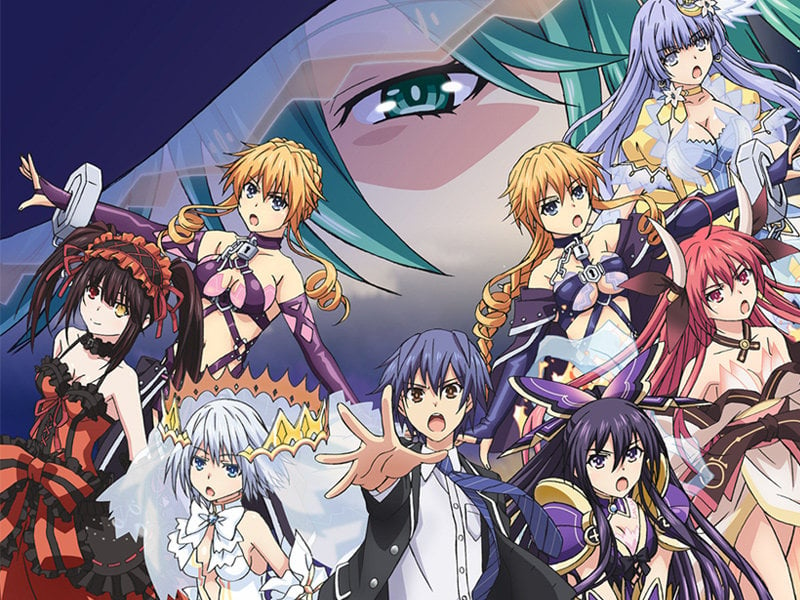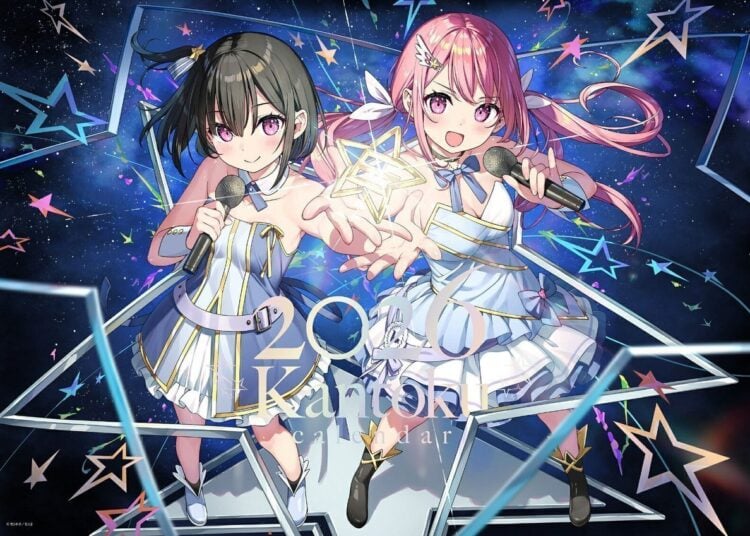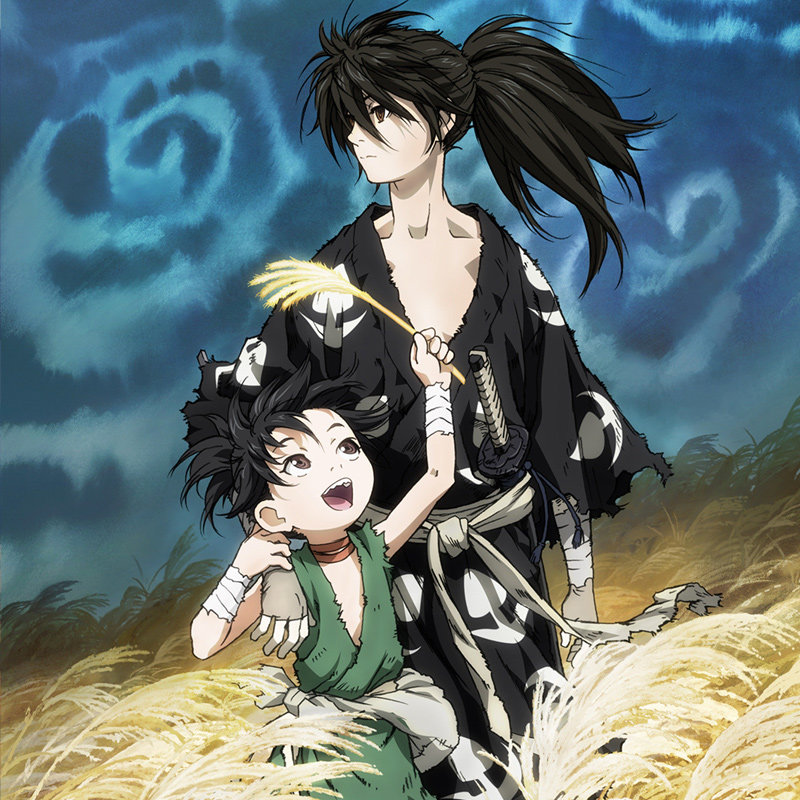Did you ever wonder why some anime get new seasons while others don’t?
I started watching the currently-running third season of Date A Live, a silly-but-fun harem show about a future in which the Earth experiences “spacequakes” which cause spirits (who appear as cute anime girls, naturally) to enter our world from neighboring dimensions. In order to eliminate the threat to humanity, a mild-mannered high school boy named Itsuki must go on dates with the mysterious female spirits and make them fall in love with him. Because of anime.
One question I’m interested in is, why some anime get new seasons as well as gorgeous figures, while other shows which are just as worthy get only one season and no merchandise at all? J-List has had dozens of figures from Date A Live right now, while other series that fans loved just as much get table scraps if that.
There are many examples of this phenomenon. Why did The Familiar of Zero get four glorious seasons and a huge number of amazing figures, while Toradora!, arguably the same show but with fewer Harry Potter references, got like two figures? Why was Please Teacher! blessed with perhaps 50 gorgeous figure releases over 17 years, many of them fabulous 1/4 scale cast-off monstrosities, while AnoNatsu: Waiting in the Summer, the “sequel” to the Please-o-verse and arguably a better series, got almost none? Why did Nichijou get no merchandise at all, and why do Kyoto Animation nearly always go without figures or merchandise of any kind?
The answer to these questions is, it’s complex. Anime is usually created through the “production committee” system which brings together different companies to increase areas of competences and manage risk. A series might include creative companies like Dengeki Bunko or Mages, a merchandising expert like Bushiroad, a figure maker like Good Smile Company, a company to hassle YouTubers about copyright (*cought* Aniplex *cough*), plus broadcasters who’ll show the series on TV. While various groups contribute money into the newly created holding company, the animation studio (like SHAFT or J.C. Staff) is usually just hired to create the animation and receives only a flat fee. They also receive a percentage from Blu-ray sales, so if they’re poor, the animators will suffer.
When a series does or doesn’t get additional seasons, you can usually look at the Blu-ray sales for a clue as to why. Like many things in life, the popularity of anime seems to follow the 80/20 rule, which states that 80% of the benefit will be received by 20% of participants. Series like Love Live! Sunshine!! and Konosuba have phenomenal Blu-ray sales and get lots of figures and new seasons/movies, while shows that sell less than 1000 Blu-rays get forgotten. (Obviously throwing down $100 for a limited Blu-ray is not for every fan, but J-List does stock a lot of these for collectors.)
Other factors must come into place. For a series to get figures, it needs to have a figure company as part of its production committee, and having a competent company there can cause figure collectors to take note, leading to a virtuous circle of ongoing figure creation. If the connections aren’t in place, or the companies don’t want to take the risk of commissioning figures for a show, or if fans don’t buy the figures in high numbers, then the process can’t continue.
Did you enjoy reading about why some anime get new seasons, and others don’t? What shows would you like to see future seasons of? Tell us on Twitter!
There’s nothing quite like collecting awesome eroge and visual novels, and seeing them displayed on your shelf is lots of fun. This week, J-List is having a very special sale on our uncensored English-translated visual novels, which are in stock in our warehouse in San Diego. It’s a great opportunity to pick up some classic games, like School Days or Shiny Days or Kana Okaeri, and save up to 40%! And best of all, if you need a download code for a package game, just contact us and we’ll send you one! See the J-List visual novel sale games here.

















